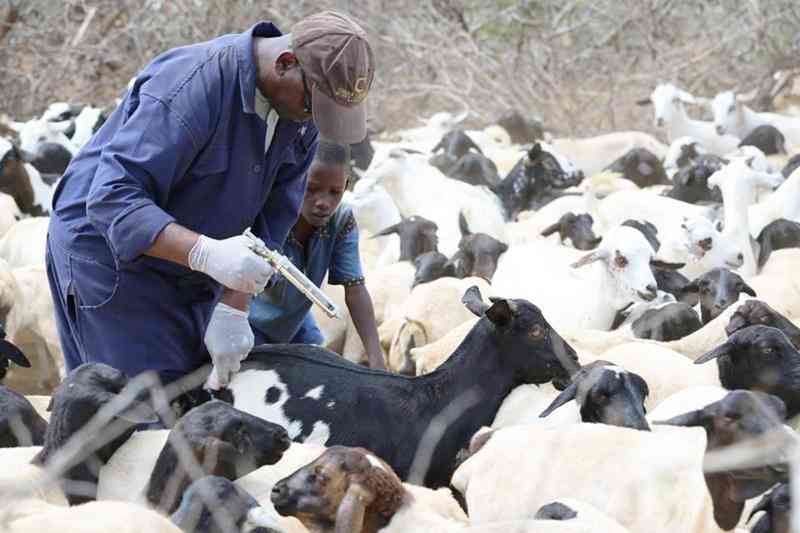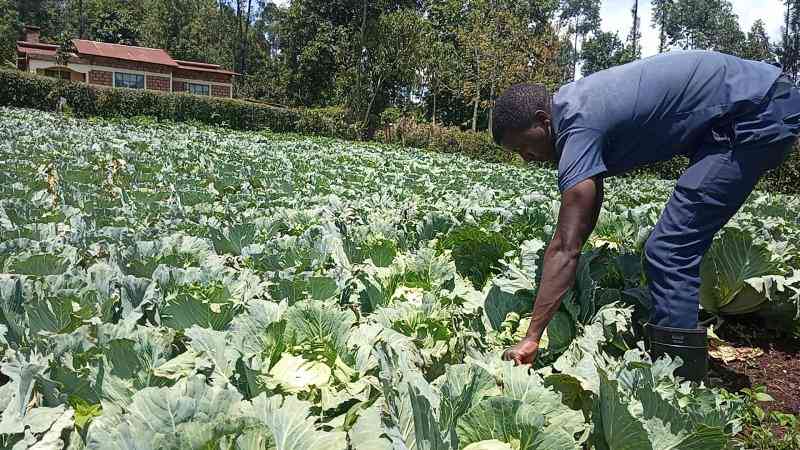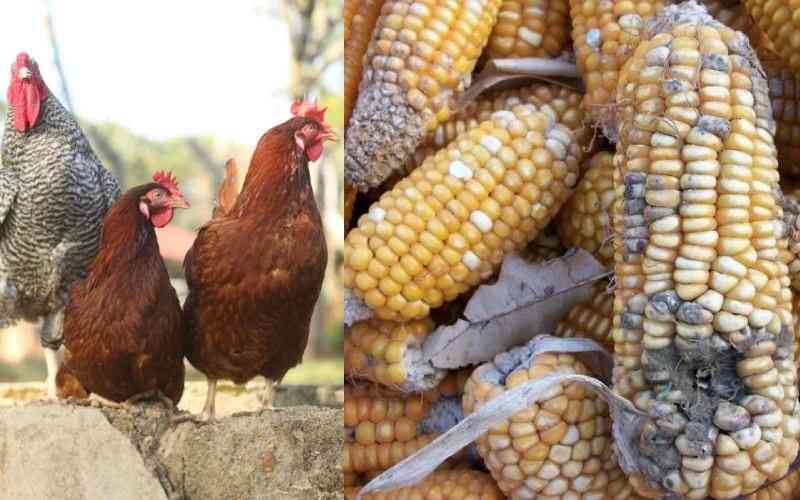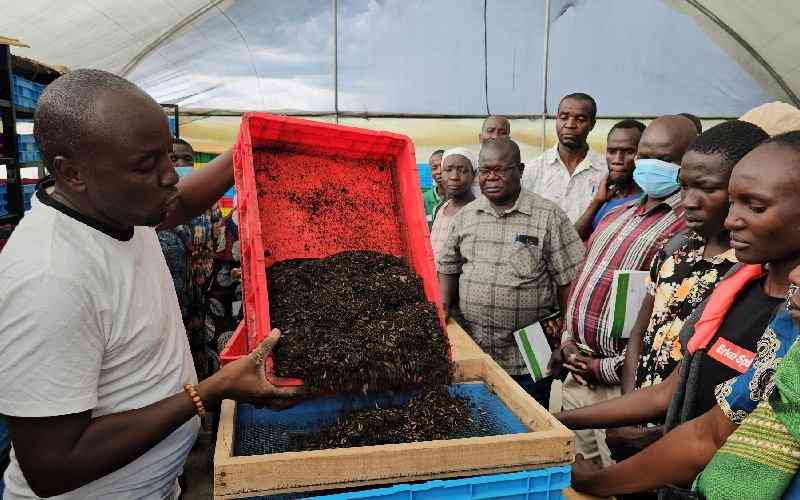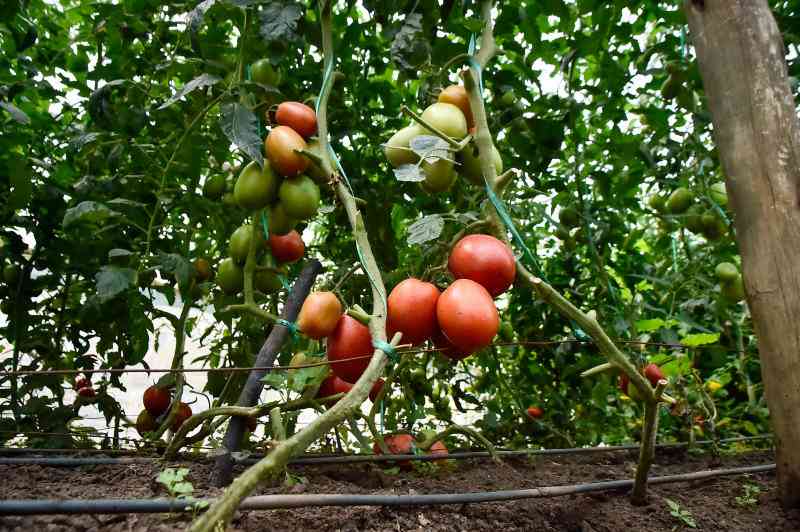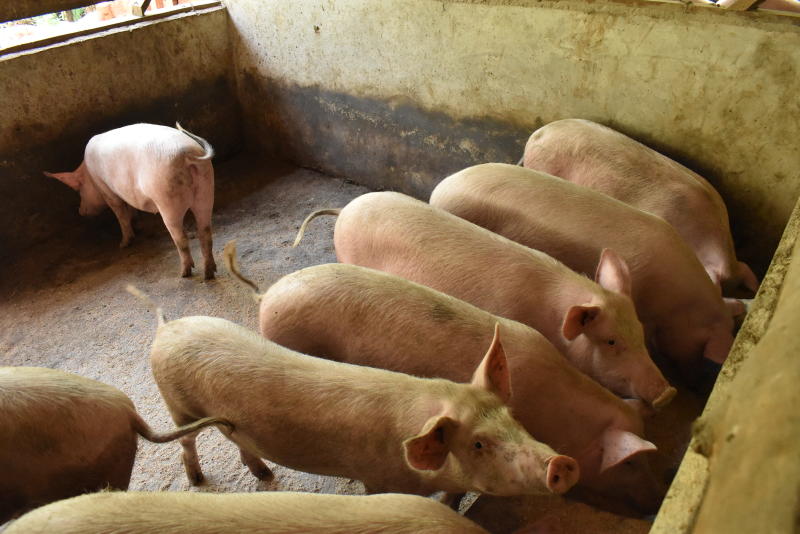
According to livestock experts, there are over 100 breeds of pig in the world. However, in Kenya, farmers concentrate on four major breeds, which do well in the market.
The breeds include the: Large White, Landrace, Duroc and Hampshire. Each breed has different characteristics to suits the needs of the different consumers in the market. Additionally, each breed is suited for a different environment, thus allowing farmers the opportunity to raise pigs in a variety of areas within Kenya and Africa.
For instance, some breeds are suited for colder climates and are, therefore, raised in the highlands. Farmers ought to understand the different breeds before engaging in pig farming. Often, the survivability and output of pigs depend on the breed, nutrition as well as the environment they are raised in.
Therefore, when choosing the right breed of pig for the market, farmers have to consider aspects such as nutrition, environment and market needs. The common breeds in Kenya as well as the attributes that are used to identify them are;
- The large white
This strong, highly adaptable, and high performing breed was originally bred as an outdoor breed. It is often ranked as one of the highest performing and most common breeds of pigs in Kenya.
It is characterized by its white skin, long body, mid-sized erect ears, and longer legs compared to other breeds of pig.
The breed is highly vulnerable to sunburn as it lacks skin pigment rendering it less favourable for large scale production.
This breed matures slowly but it is widely liked because of its ability to produce a large size of litter (between 10 and 12 piglets), exceptional maternal instinct and good output.
Farmers often cross – breed the Large White with other breeds in a bid to produce to produce a commercial sounder.
- The landrace
Initially developed by the Danish, the Landrace is a crossbreed between the native pig in Denmark and the Large White.
It is characterized by pure, sparsely distributed white hair and drooping forward slanting ears.
It is considered an excellent producer of ham because of its ability to grow rapidly and the large size of its carcass. The breed is easily manageable and can be kept both indoors and outdoors without hindering productivity.
Its flexibility and good performance have made it one of the best rated breeds in the African markets.
Most farmers utilize the landrace in crossbreeding programs in a bid to enhance the quality of other breeds.
The Landrace has been known to improve the productivity and quality of other breeds.
- The duroc
The Duroc, also known as the Red hogs or The Domestic American hog owes its origin to the United States of America.
It is characterised by thick red hair, drooping ears and a large muscular frame.
This breed is ideal for outdoor farming. Hence, they are mainly found in the Kenyan highlands where it is cold and wet. It has the ability to persevere the cold and wet weather. It has strong survival instincts that make it very ferocious while nurturing its off-spring.
The Duroc has juicy, muscled flesh ideal for light pork and largescale hog production. Farmers often utilize the Duroc in crossbreeding. For instance, the Duroc has been crossbred with the Large White/ Landrace with the resulting cross producing high quality bacon.
- The hampshire
The Hampshire was originally sired/bred in the USA. It is an all-purpose breed with very lean meat. It has a large body with black and white markings. The head is usually black from the shoulders as well as from their hind legs to the tail, and the mid-section is usually white.
Most farmers prefer this breed due to its mild temperament, a large number of litter, excellent maternal qualities and fast growth. Additionally, the excellent productivity has encouraged wide spread use of Hampshire in cross breeding of pigs for pork. The breed can conveniently be crossed with any other breed and the preferred characteristics are retained.
OTHER BREEDS
Despite the farmers concentrating on four major breeds, other breeds are slowly seeping into the Kenyan markets. Recently breeds such as Pietrain and Saddleback have been introduced.
The Pietrain originates from Pietrain village in Belgium. This breed is known to be an excellent producer of lean meat. However, it is hampered due to the presence of the halothane gene. Usually pigs with the halothane gene undergo stress and eventually die when exposed to halothane anaesthesia.
The Saddleback was the predecessor of the Large White, which inherited the majority of it performance and qualities.
This Article was derived from Animal Focus Magazine by Kenya Veterinary Association.
Author; Dr. Paul R. N. Kangethe (BVM, UoN)
Email; [email protected]
Want to get latest farming tips and videos?
Join Us
 The Standard Group Plc is a multi-media organization
with investments in media platforms spanning newspaper print operations,
television, radio broadcasting, digital and online services. The Standard Group
is recognized as a leading multi-media house in Kenya with a key influence in
matters of national and international interest.
The Standard Group Plc is a multi-media organization
with investments in media platforms spanning newspaper print operations,
television, radio broadcasting, digital and online services. The Standard Group
is recognized as a leading multi-media house in Kenya with a key influence in
matters of national and international interest.
 The Standard Group Plc is a multi-media organization
with investments in media platforms spanning newspaper print operations,
television, radio broadcasting, digital and online services. The Standard Group
is recognized as a leading multi-media house in Kenya with a key influence in
matters of national and international interest.
The Standard Group Plc is a multi-media organization
with investments in media platforms spanning newspaper print operations,
television, radio broadcasting, digital and online services. The Standard Group
is recognized as a leading multi-media house in Kenya with a key influence in
matters of national and international interest.


